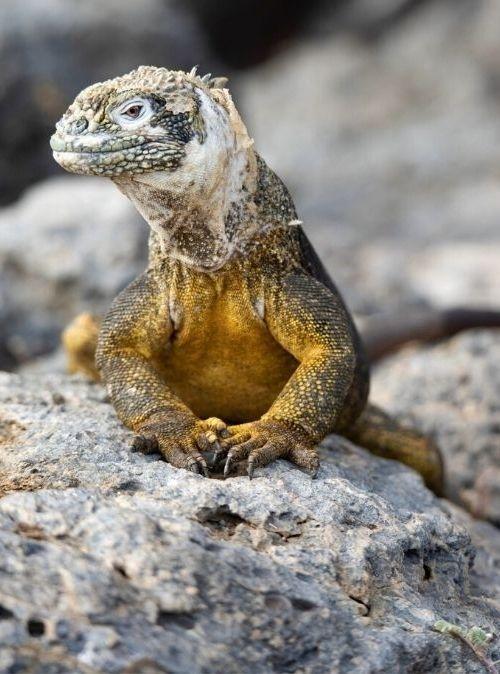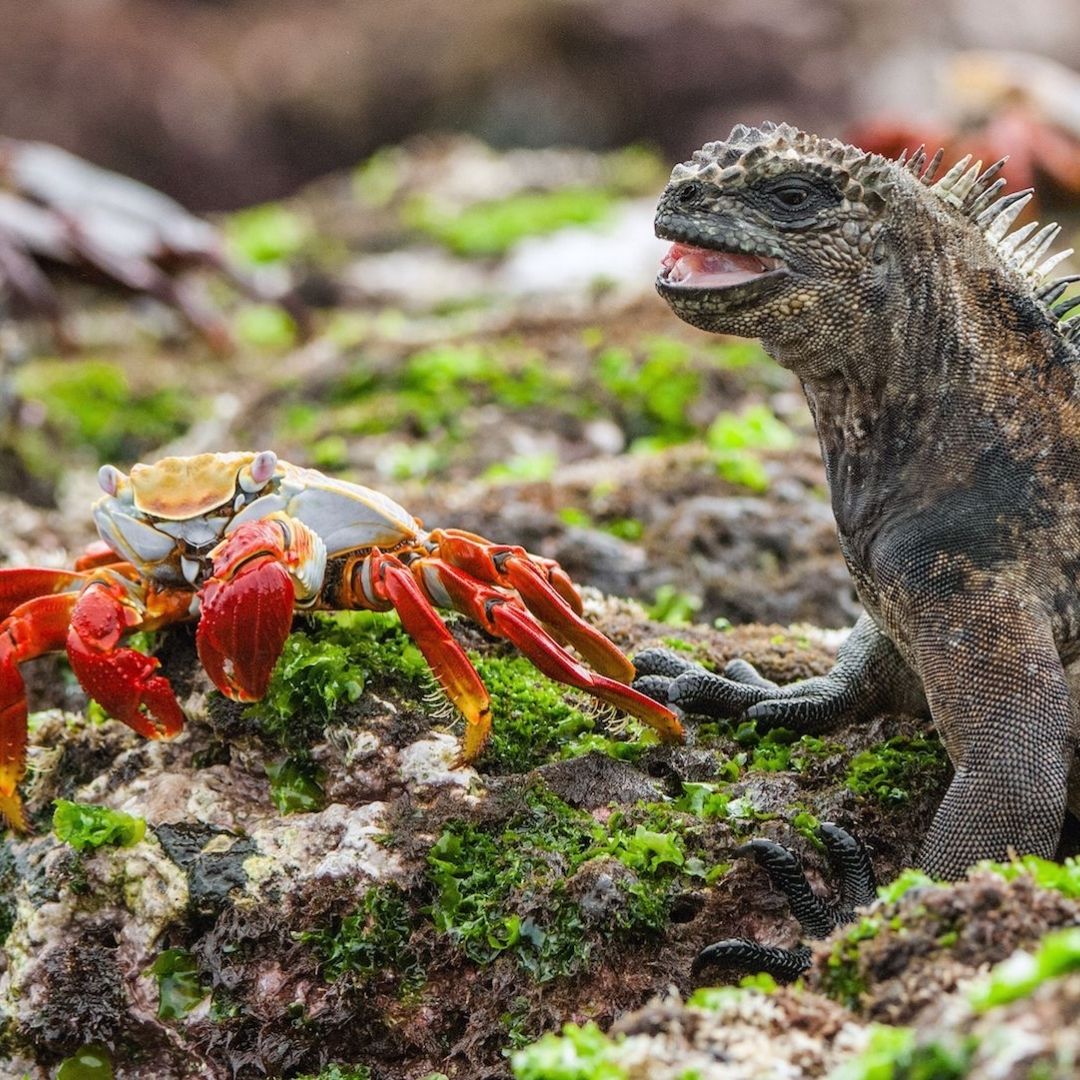The Galápagos Islands — often referred to as a ‘living museum and showcase of evolution’ — are the focus of a new $43m rewilding program, led by American actor and environmentalist, Leonardo DiCaprio!


The Galápagos Initiative
The Galápagos Initiative has gained the support of 40 different conservation groups, including Re:wild; DiCaprio’s newly formed global environmental organisation, as well as Galápagos National Park Directorate and Island Conservation.
Over the next decade, conservation groups aim to protect and rewild the Galápagos Islands, which is home to some of the most unusual species on Earth — like marine iguanas, giant tortoises, flightless cormorants and Darwin’s finches! Rewilding is all about reestablishing vibrant wildlife species and resilient ecosystems alongside human populations.
To announce the launch of the project, DiCaprio handed over his social media accounts to Island Conservations’ Island Restoration Specialist, Paula A. Castaño — who is an “environmental hero”, according to DiCaprio!


The Galápagos Islands Are A ‘Living Museum’
Over the course of history, the animals and plants on the Galápagos have been mostly isolated; allowing them to evolve into the unusual, complex mix of species that we see today.
Did you know that Charles Darwin’s Theory of Evolution was actually inspired by his observations on the Galápagos Islands? The British naturalist noticed that the several species of finches on each island had perfectly adapted to their surroundings; these findings inspired his theory of evolution by natural selection. For example, the Galápagos is home to the only iguana on Earth (the marine iguana) that can swim in the ocean. It’s also home to giant Galápagos tortoise (Chelonoidis nigra), which can weigh a whopping 550 pounds. Interestingly, scientists recently discovered a species of giant tortoise (Chelonoidis phantasticus) that was once thought to be extinct!


Protecting Vulnerable Species From Extinction
The biodiversity found on the Galápagos Islands is irreplaceable, and that’s why conservationists are working so hard to protect it. Despite being mostly isolated, the balance of the ecosystem has been disrupted by invasive species and the impacts of industrial fishing.
According to Paula A. Castaño, “Time is running out for so many species, especially on islands where their small populations are vulnerable and threatened. Galápagos’s pink iguanas, Floreana mockingbirds and other wildlife may soon be lost forever without action,” she said via Re:Wild. “We know how to prevent these extinctions and restore functional and thriving ecosystems — we have done it — but we need to replicate these successes, innovate and go to scale,” Castaño said.


Protecting & Restoring The Galápagos
So, how does rewilding work? Well, the $43m program — spanning over the next decade — will include efforts to restore Floreana Island, which is home to 54 threatened species. They also have plans to reintroduce 13 locally extinct species, including the Floreana mockingbird — the first mockingbird described by Charles Darwin!
The rewilding program will also involve a captive breeding program to repopulate the pink iguana; there’s apparently only 300 left on the island.
Over the next decade, the conservation groups hope to restore 25 islands and protect at least 30 per cent of the region’s marine life, as well as halt and reverse the decline of more than 250 globally threatened species.
Protecting nature, in its wildest form, is our best bet to rewild some of the most irreplaceable ecosystems on Earth. The Galápagos Initiative, led by Re:wild, offers an amazing opportunity to protect and repopulate some of the world’s most unusual species.
Who knows? Perhaps one day we’ll see pink iguanas, marine iguanas, and giant tortoises roaming other parts of the world!
If you enjoy hearing about amazing conservation initiatives (like we do), then check out our Eco News category for more.

